Directional Terms, Homeostatsis, & Body Planes
1/33
There's no tags or description
Looks like no tags are added yet.
Name | Mastery | Learn | Test | Matching | Spaced |
|---|
No study sessions yet.
34 Terms
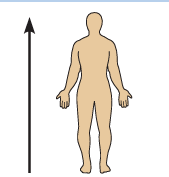
Superior
above
Toward the head end or upper part of a structure or the body
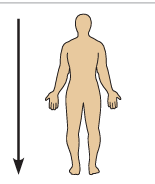
Inferior
below
Away from the head end or toward the lower part of a structure or the body
Cephalic
flows toward head
Caudal
flows toward tail

Anterior/ Ventral
front

Posterior/ Dorsal
back
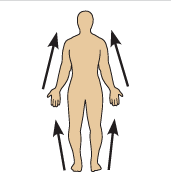
Proximal
closer to the point of reference
(head is the point of reference in the picture)

Distal
farther from the point of reference
(head is the point of reference)
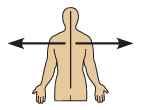
Lateral
away from the midline
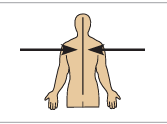
Medial
towards the midline

Superficial
Toward or at the body surface
external

Deep
Away from the body surface;
internal
Contralateral
opposite side of the body
Ipsilateral
same side of the body
Intermediate
between 2 structures
Ventral & Dorsal
This term is strictly used in humans
Homeostasis
ability to maintain relatively stable internal conditions even though the outside world is continuously changing.
internal balance
Stimulus
produces change in variable.
disrupts homeostasis
triggers
Receptor
detects change
Afferent pathway
leads information TOWARDS the control center.
Control Center
analyzes the information it receives and then determines the appropriate response
receives and generates
Efferent Pathway
leads information AWAY the control center.
Effectors
provides the means for the control center’s response (output) to the stimulus.
brings about change
Response
Reduce or enhance effect of stimulus.
Negative Feedback System
reverses a change in a controlled condition
the net effect of the response to the stim ulus is to either shut off the original stimulus or reduce its intensity.
Positive Feedback System
strengthen or reinforce a change in a controlled condition.
Clinical Connection
Autopsy
Diagnosis of Disease
Autopsy
examination of the body and dissecting of internal organs to determine the disease or cause of death
a.k.a necropsy
necro- death
Diagnosis of disease
the science and skill of distinguishing one disorder or disease from another
basically whatever the doctors said
Body Planes
imaginary flat surface that passes through the body.
Sagittal plane
separates the body to left and right
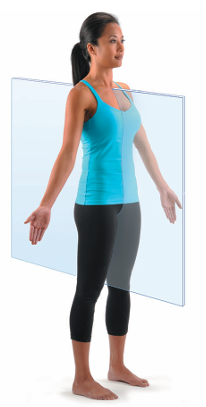
Median plane
a sagittal plane that passes through the midline of the body.
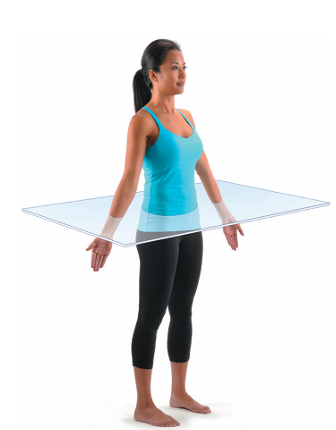
Transverse (horizontal) plane
divides the body into superior and inferior
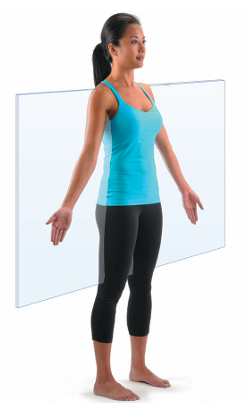
Frontal (Coronal) plane
divides body into front and back